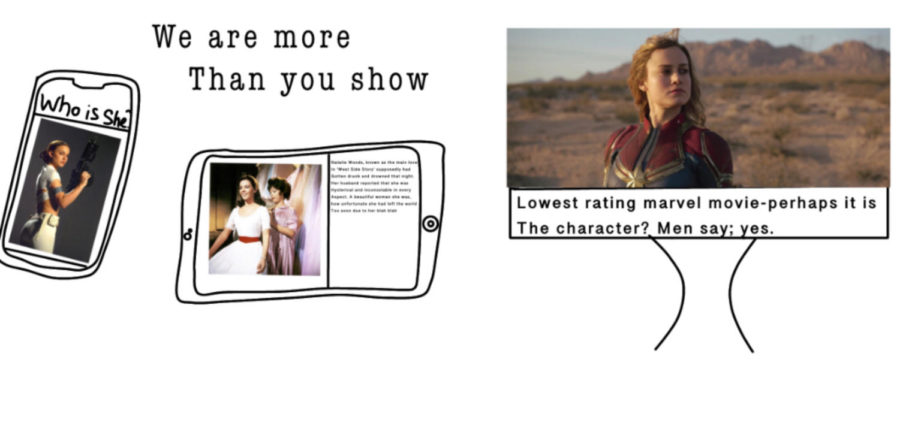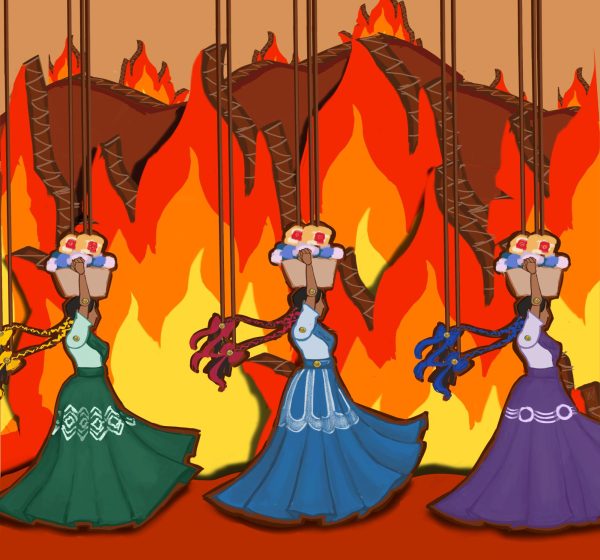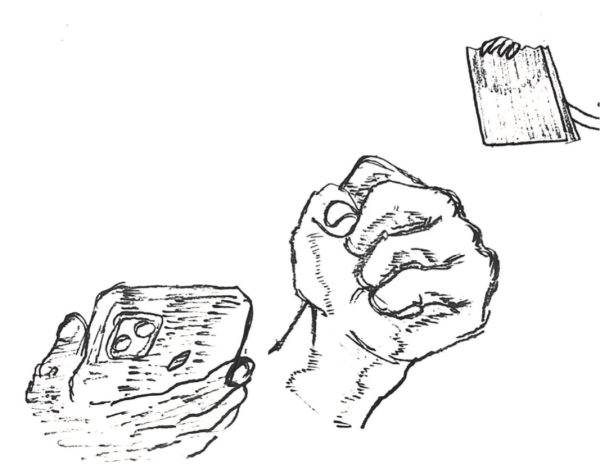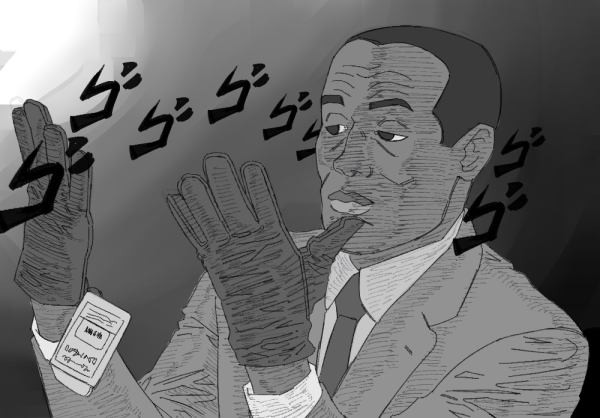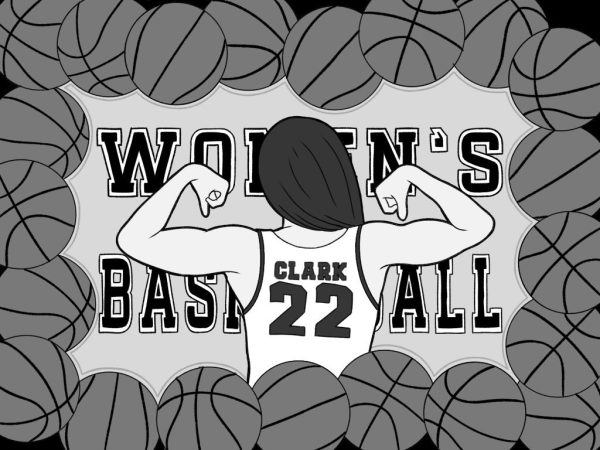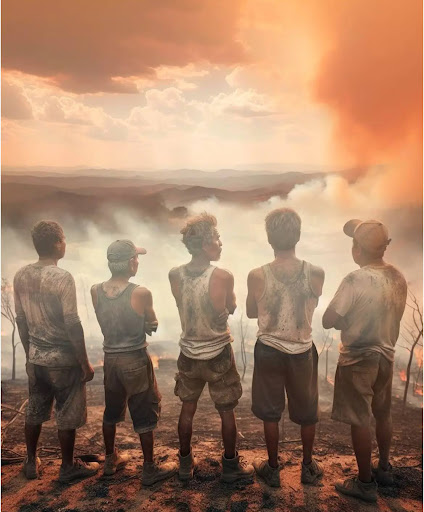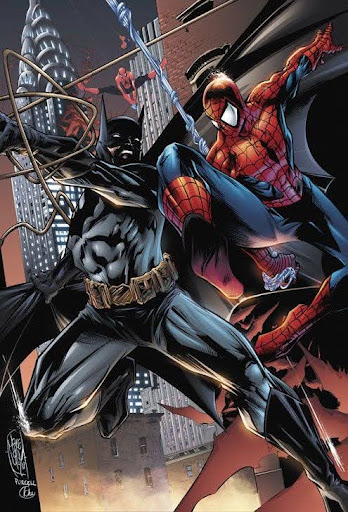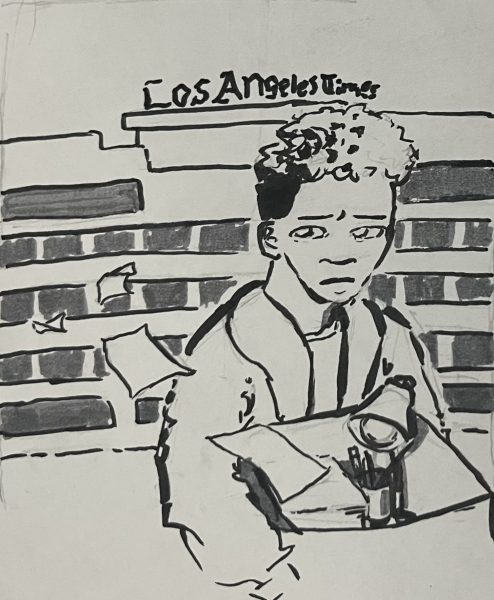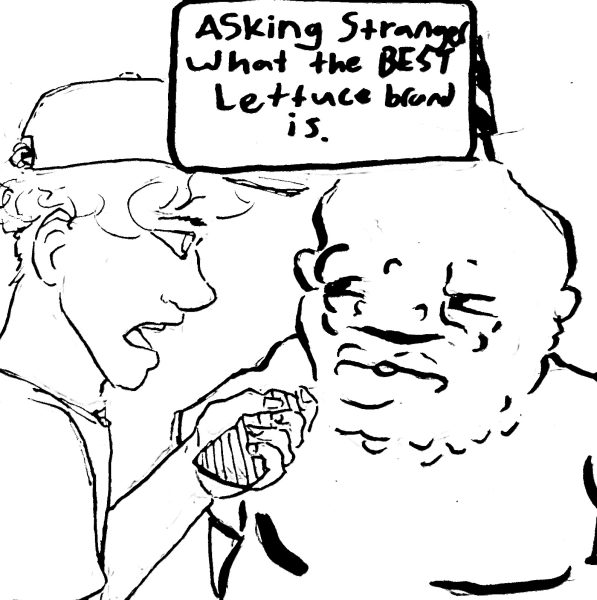The Oversexualization of Women in Media
March 31, 2022
This two part story will cover the general oversexualization of women in media and how that pertains to why WLW relationships are constantly sexualized within the media.
Women deserve equal representation in media, but shouldn’t have to be depicted sexually in order to obtain that. The way women are hypersexualized through media not only negatively affects young women overall, but also increases the objectification they experience through the male gaze.
Carl’s Jr. advertisements from the 2000’s are a prime example of this. Within those advertisements, they used the appeal of barely clothed, attractive women, behaving in sexual manners while eating burgers, in order to sell more. They were more well-known for their ads than for their burgers. Andrew Puzder, the former chief executive officer of Carl’s Jr.’s holding company CKE Restaurants, said in a 2009 press release that they “believe in putting hot models in our commercials, because ugly ones don’t sell burgers.”
Everywhere in media -– from TV, social media, advertising, music videos, etc., — women are portrayed with unrealistic body standards, wearing provocative clothing, and behaving in generally sexual manners. Even kids movies, like Disney, have constantly over-exaggerated the shape of women’s bodies. Think of the classic “Pixar Mom:” wide hips, large chest, skinny waist, and a dump truck.
According to Deseret News, Hollywood’s top movies from the past ten years show 35% of women with some nudity, 40% with “sexy attire,” and 61% of them were considered thin.
Men consume this type of media from young ages and into adulthood; watching women being eroticized in this way and being treated like objects results in them objectifying women and making inappropriate comments about women. This results in men feeling like women are okay with this, or that they’re entitled to a woman, because it’s been instilled into their minds through the media that they’ve been consuming throughout their lives.
Author of Fighting the U.S. Youth Sex Trade: Gender, Race, and Politics and The Women’s Movement Against Sexual Harassment, Carrie Baker says, “Sexual objectification dehumanizes girls and women, which contributes toward rape culture and violence against women.”
For the young girls of society, having these standards implemented into their minds causes them to doubt themselves more, and instills feelings of inferiority and anxiety. When they get this kind of low self confidence they are more susceptible to having poor mental health, which can be psychologically damaging. Often, this leads to them having more concern over their physical appearance or sexual appeal, over their mental health.
Women who feel this way are more vulnerable and “easier targets” to manipulation, violent acts, and general mistreatment.
The constantly sexualized, stereotyped image of women as portrayed in the media, has been linked to lower self confidence in women today, less confidence, depression, and generally more concern about the way they look.
Constantly, men try to argue that women (such as exotic dancers or women who are in pornographic films) are “asking for it” by putting their bodies on display. Exotic dancing is a beautiful skill that takes effort and perfecting. Just because gorgeous women with gorgeous bodies are dancing in a way that a male finds attractive does not give him the right to overstep his boundaries with her.
Women do not exist for your pleasure. They do not exist for you to gawk at them while they walk down the street because you think their ass looks fat in their skin tight jeans. Clothing isn’t consent, and just because you thought a woman was acting “promiscuous” towards you does not mean she wants you. Especially if she already said she didn’t.
The Oversexualization of WLW Relationships
Women in general are already overeroticized in society, and media also overeroticizes the sexual aspects of WLW relationships in order to target and sell to heterosexual men. Sexual relations between women are constantly shown, whereas genuine relationships aren’t. So much so that sapphic relationships have begun to be treated as an oversexualized novelty.
Lesbianism has been historically sexualized based on the male presumption that a relationship between two women can only be sexual. The outrageous eroticization of WLW (Women-Loving-Women) created by heterosexual men has led to the uncomfort of women in the expression of their sexuality.
Carl’s Jr. ‘s ads from the 2000s are a prime example of this. Within those ads, they used the appeal of barely clothed, attractive women, behaving in sexual manners while eating burgers, in order to sell more. They were more well-known for their ads than for their burgers. Andrew Puzder, the former chief executive officer of Carl’s Jr.’s holding company CKE Restaurants, said in a 2009 press release that they “believe in putting hot models in our commercials, because ugly ones don’t sell burgers.”
The problem lies within this: heterosexual men being attracted — or getting excited by — the sexual aspects of a sapphic relationship, when there is no room for a heterosexal male to play within a relationship with two women. They aim to capture the male gaze, but for a scenario they could not take part in.
This branches off to a plethora of problems, further complicating issues within the LGBTQIA+ community. This ranges from straight women engaging in seemingly—or even borderline—sexual acitivity with other straight women in seek of male validation, to straight men thinking they can “turn” lesbian women. These harmful behaviors are insulting and offensive. It shows how little respect they have for queer women, making it harder for WLW to exist in public spaces comfortably, for constant concern of how they’re seen.
In 2019, a group of four men beat two women for refusing to kiss in front of them. These “men” were aged between 15-18, and the homophobic attack they made on this couple in a London bus, left them bloody and angry.
Already, women feel unsafe around men. Incidents like these only increase the daily fears and struggles that queer women have to face. WLW shouldn’t have to feel as if they’re under constant speculation because of the person they’re dating.
Sapphic relationships between people of color, people who don’t present as the typical “gender norms,” or are transgender, are even more in danger because of these things. There is significantly worse discrimination amongst masc-presenting lesbians, in comparison to femme-presenting lesbians. Straight men are extremely more compassionate and friendly towards femme-presenting WLW, over those who may express themselves more masculinly.
As a black, biologically-female person who identifies as non-binary and pansexual, I often fear for myself in public settings. No person should fear for themselves or their safety, because of someone else’s bias.
80% of sex trafficking victims are female. Stopping the hypersexualization of women will help the sexual exploitation of women worldwide. Putting an end to the unrealistic, eurocentric societal beauty standards we have today will help the young girls of today grow up in a world where they are able to love themselves.

